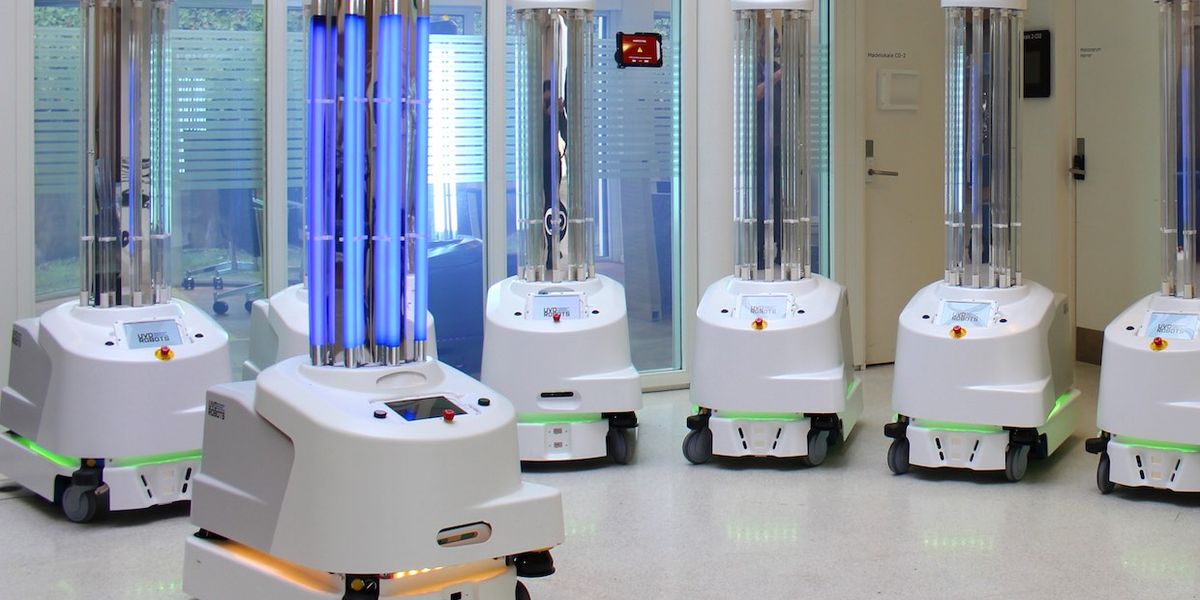LaserMicroscope
Member
- Joined
- Apr 2, 2020
- Messages
- 45
- Points
- 18
So for sterilizing wide areas we need a more efficient source of UVC. What about filtering the raw output of HID bulbs? I know that if the outer bulb of a metal halide or HPS lamp gets broken the raw output from the inner capsule is pretty profoundly dangerous due to the high levels of UV. But is there enough UVC of the appropriate wavelength to make this even close to practical, if there was an appropriate filter to block the wavelengths that would otherwise cook our eyes and skin? Could the mix of metals in a metal halide lamp be tweaked to maximize the output of the useful wavelengths?
Well not for sterilizing coronavirus, but yeah you’re on the right track here. HID lamps actually create an arc between tungsten electrodes, creating a plasma in the noble gas environment that is deliberately spiked with metals. The plasma itself can emit UV, but most HID lamps have metals present too because their plasmas have lots more emission lines (d block metals blah blah unoccupied orbitals blah
-Edit- I see in your post you mentioned about the metals in the lamp so my explaining it was probably unnecessary, sorry! Not trying to be pedantic, just on a phone and have to go from memory of what I read in your post. Be that as it may, yes I bet metal mixtures can be tweaked.





